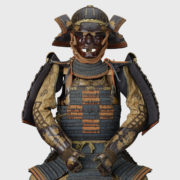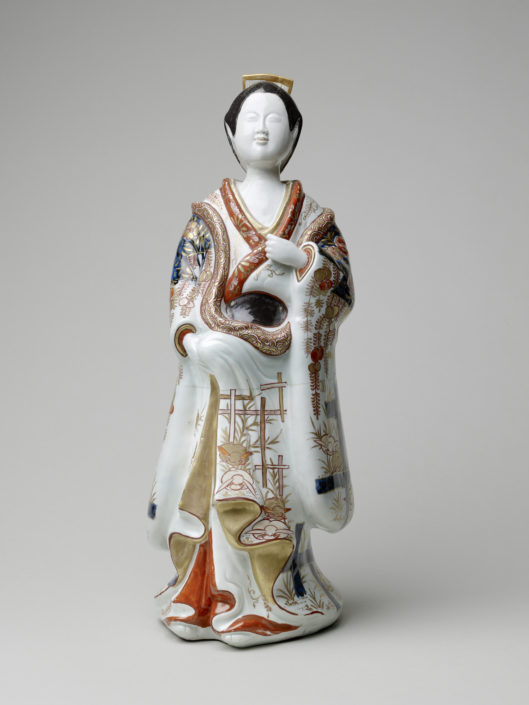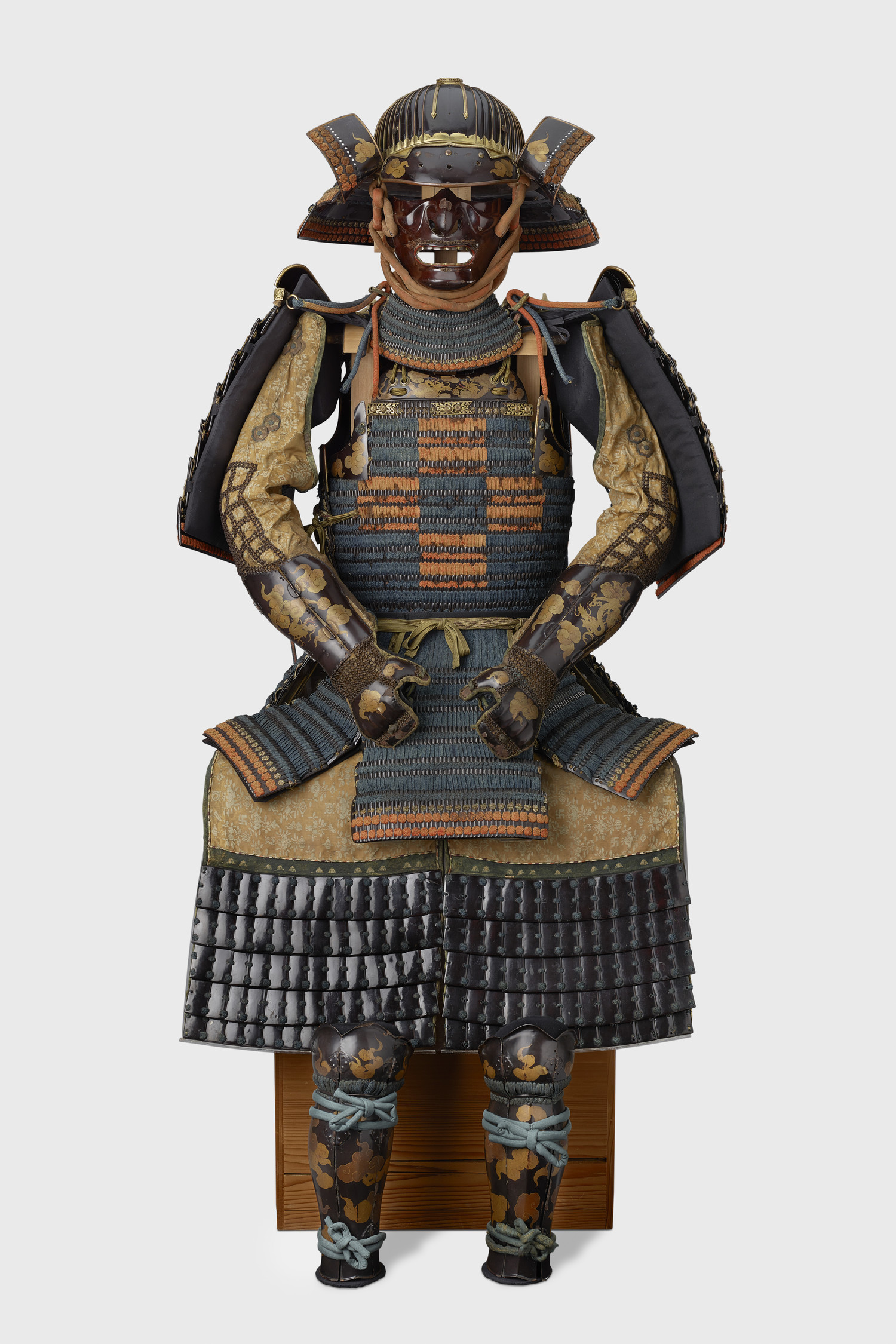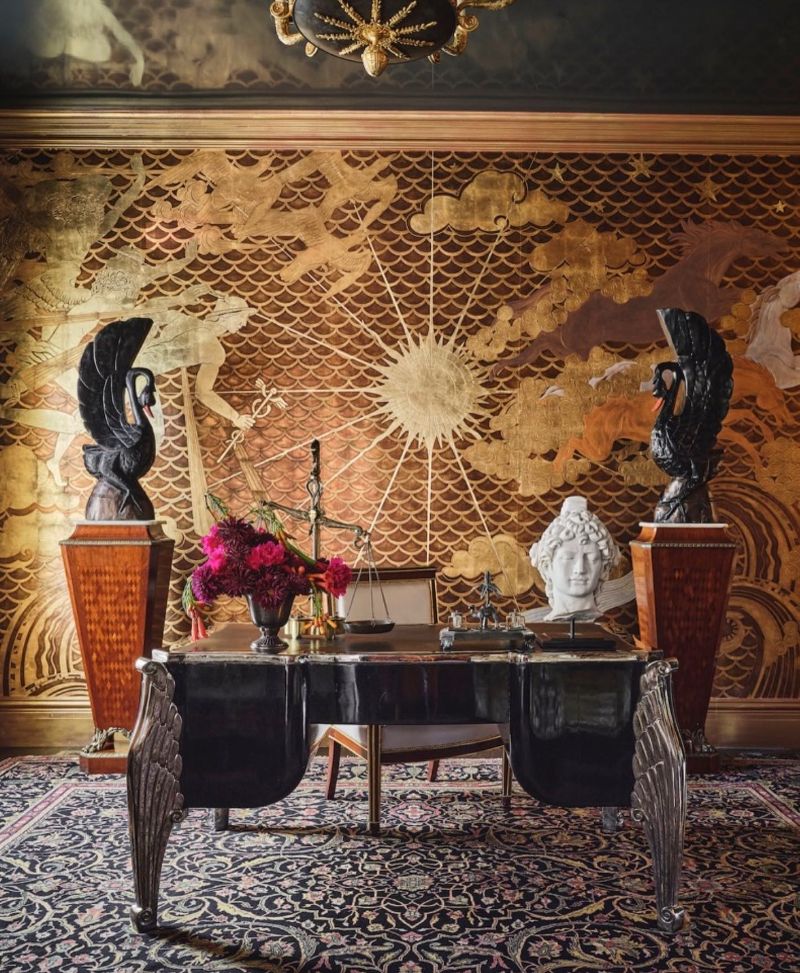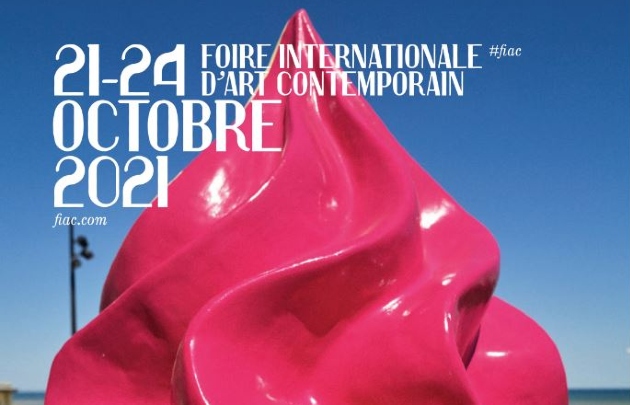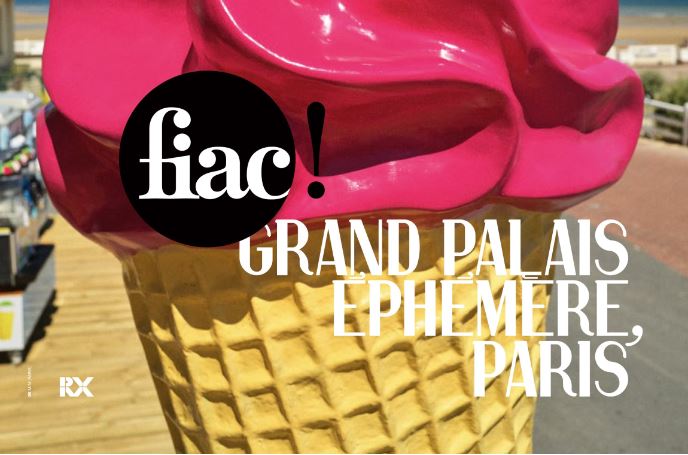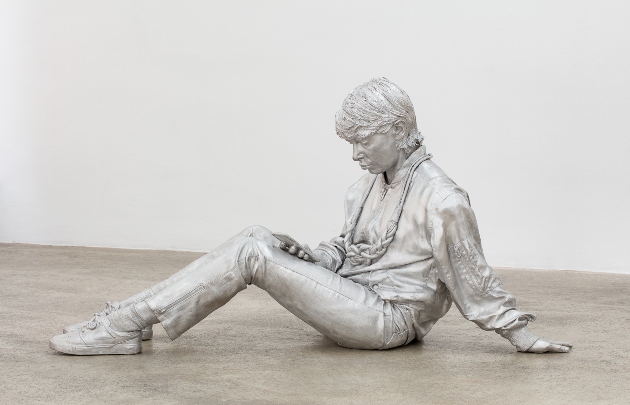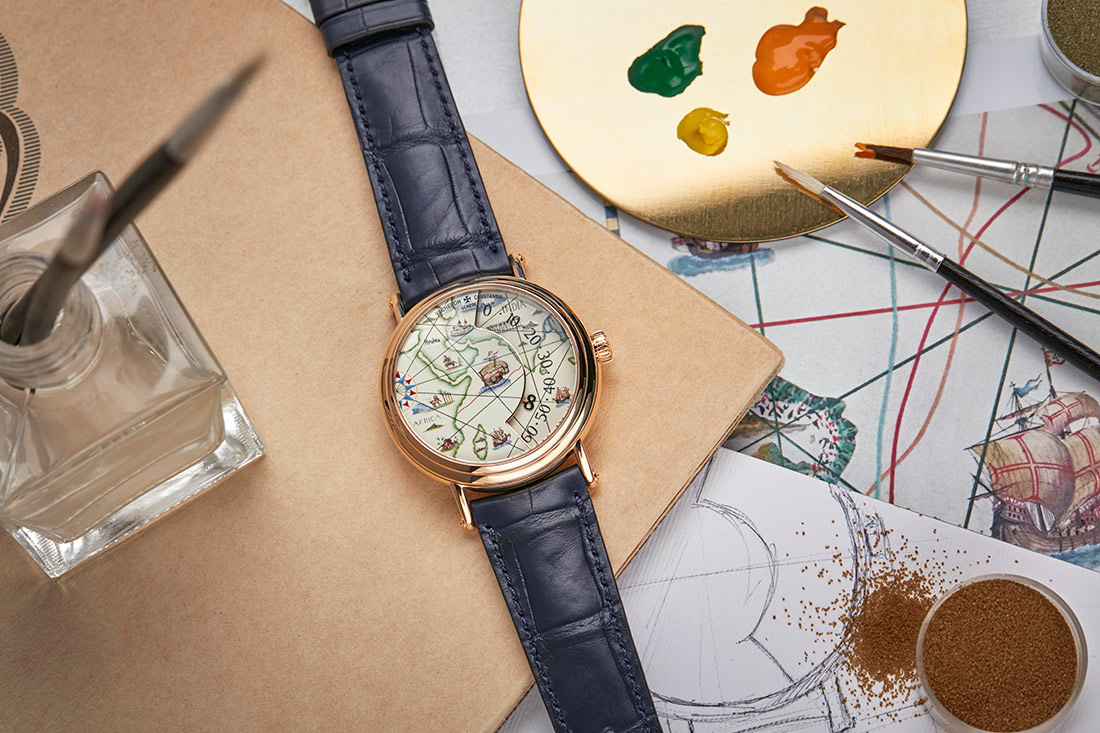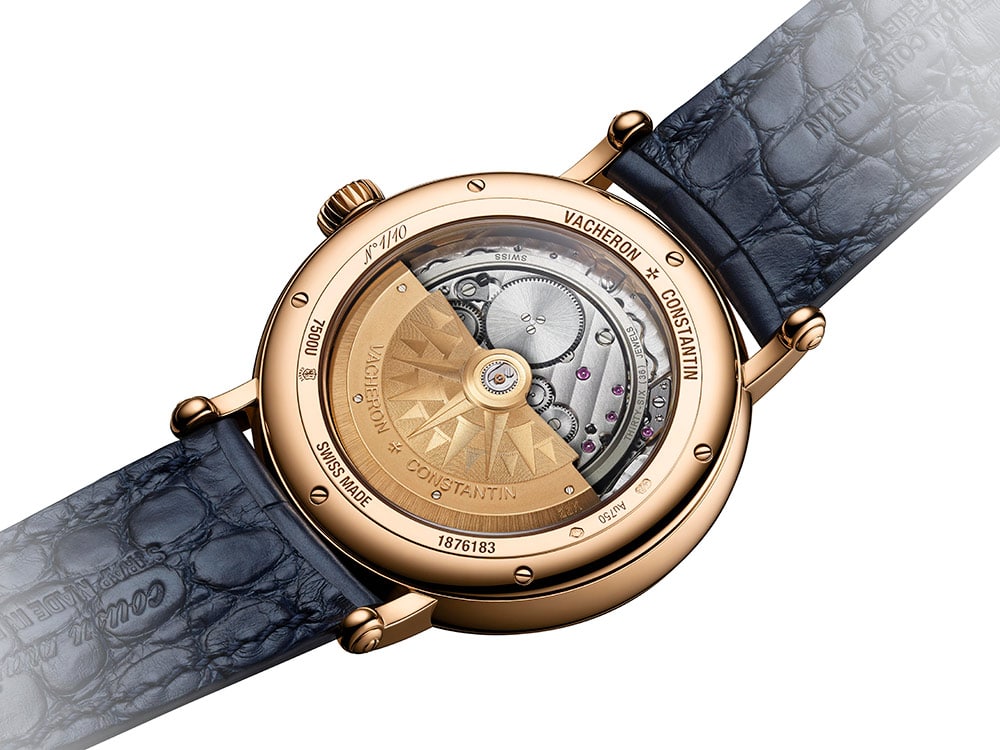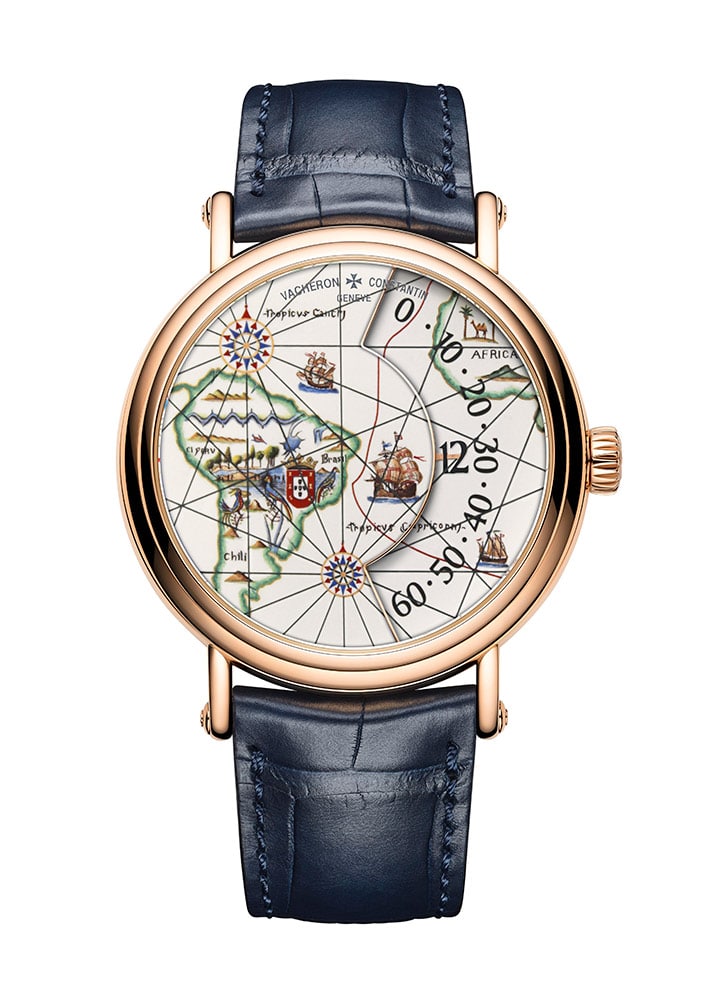“The Anatomy of Beauty®” An Art & Timepiece Exhibit in the Vacheron Constantin New York Flagship
New York, NY, April 25th, 2022 – Dive into an exploration of earth’s organic and complicated structures alongside the artistry of watchmaker Vacheron Constantin’s timepieces in “The Anatomy of Beauty®”, a new exhibition opening in Vacheron Constantin’s New York Flagship at 28 E.57th St NY, NY from April through September 2022. Vacheron Constantin creates an immersive experience that shines light upon the layered and minute details that create beauty through a curated collection of extraordinary watches alongside larger than life depictions of coral, and the viscerally moving artwork, These Waters, by artist Melissa McGill.

A Commitment to Art & Culture
Throughout its history, Vacheron Constantin has demonstrated a deep commitment to the arts. Most recently on a global level, the Maison’s partnership with the Louvre, embodies Vacheron Constantin’s unwavering dedication to the conservation, preservation and transmission of artistic craft. In the Americas, a series of exhibitions in the Flagship boutique have come to life to support and showcase work by American artists including Chris Burden, photographer Cory Richards, and contemporary pop artist Jojo Anavim. In this new exhibition, the Maison introduces work by interdisciplinary New York artist, Melissa McGill.
Beauty in the Details
Vacheron Constantin’s “The Anatomy of Beauty®” is a metaphorical and physical journey. Coral-structures and skeletonized watch-movements suddenly take on a new relationship, their respective esthetic rhythms of plains and voids, shadow and light echoing one another’s carefully crafted surfaces. The entire composition of a watch movement, although mechanical, appears organic and filled with life as it operates – as lively as the meticulous work of nature which builds the openwork lace-architecture of the ocean’s coral, or the tick tock steady rhythm of the earth’s water waves as depicted in These Waters by Melissa McGill. It is in these details between nature’s work and the work of human hands, that we find incredible, visceral, and undeniable, beauty.

Extraordinary Watches
The Art of Skeletonization
Highly complicated skeletonized watches might be considered the ultimate quest in a mechanical world – the meticulous attention to detail both in beauty and in function is a sight to behold. This detail-oriented and stunning work of skeletonization is magnificently shown in the new Vacheron Constantin Overseas Ultra-Thin Perpetual Calendar. The contemporary gold timepiece is magnified by a sapphire dial which appears to extend an invitation to dive into the heart of its anatomy and explore its ultra-thin and skeletonized perpetual calendar caliber 1120 QPSQ/1.
On special exhibit for the show, the Maison offers a look at a rare repeating watch combined with the beauty of a skeletonized dial in a platinum limited edition Skeleton Minute Repeater reference from 2006. The caliber 1755 beating inside of the timepiece consists of 330 parts, at only 3.30 mm thick. The view through the sapphire crystal dial shows decorative hand engraving of the wheels and bridges as well as beautiful racks that track the hours and minutes. The platinum 37mm case features iconic tear drop lugs. This Skeleton Minute Repeater visually brings to mind the careful and intricate details of the world’s underwater corals and combines the best of technical expertise in complicated watchmaking with the Maison’s unique artistic expression.

Intricacy of Gem-setting
Whether functional or ceremonial objects, Vacheron Constantin’s women’s creations bear witness to a perpetually renewed notion of beauty and a constant quest for technical creativity, within which attention to detail shapes a watchmaking aesthetic that is unique to the Maison.
The modern Égérie ladies collection showcases an exquisite dial pattern, inspired by a tapestry technique, made using the art of guilloche, and expertly set with diamonds. The signature touch of the Égérie collection on display is a daring off-centered display, designed around two intertwined circles. The date or the moon-phase is part of a subtle diagonal line formed by the Vacheron Constantin logo and the crown audaciously placed between 1 and 2 o’clock o’clock.

On display for the exhibition, an 1822 yellow gold pocket watch expertly set with amethyst precious stones in a delicate wave pattern of brilliant, yet delicate color also serves as an example of Vacheron Constantin’s passion for delicate and beautiful watchmaking arts. The gold dial displays an engine-turned center and 12 Roman numerals, as well as an outer minute track. The timepiece stands as an excellent example of Vacheron Constantin’s heritage in beautifully detailed gem-set pocket watches and the Maison’s longstanding expertise in gem-setting as it captures and reflects light much like the water’s waves with their glistening sunshine peaks.

Métiers d’Art
Born from a reflection upon the past and the present, the Méetiers d’Art “Les Masques” limited edition collection created in 2007 recounts a thousand years of history across four continents. In keeping with the Maison’s commitment to arts and culture, twelve masks from the Barbier-Mueller Museum’s collection are depicted through a sculpted gold plate on each watch dial. Hand-chiseled reliefs along with interplays of light and transparency capture the emotion of these centuries-old masks. Each piece is expertly equipped with a 2460 G4 beating heart caliber and features written poetry by Michel Butor to depict the civilization represented. The Gabon mask is on display, upon delving further into the dial, poetry encircles its edges and holds its own secret message.


A Powerful Perspective: These Waters
In keeping with the Maison’s longstanding support of artistic arts, as a centerpiece of “The Anatomy of Beauty®” exhibition in the Vacheron Constantin New York Flagship, stands These Waters (2022), an immersive sculptural installation created by New York artist Melissa McGill at the invitation of and with support from Vacheron Constantin. These Waters is composed of five large-scale photographs of New York’s Hudson River on glass. Panels lean against each other and the wall, appearing to be portals into the waters, their size and placement evoking the rise and fall of the tides. The artwork creates a stunning conversation between light, reflection, transparency, shadow and ephemerality. Intricate and glittering, These Waters aims to inspire conversation about the preciousness of water–our lifeforce. Through the language of water, viewers are reminded of being one with the natural world, not separate from it.

Inspiration From Nature
Nature produces its own perfection and beauty, one that is complex, organic and alive. It is this natural perfection that Vacheron Constantin draws inspiration from in the exhibition “The Anatomy of Beauty®”. Much like the beauty found in nature, the care and detail in the Maison’s timepieces are so flawless that blowing them up to a huge and surreal scale is the only way to fully appreciate and admire them. In “The Anatomy of Beauty®”, the attention, dedication and passion that Vacheron Constantin imbues in the minutest of details, is revealed through a lens of contemporary art and magnified imagery of the organic beauty found in our waters.
——————————————————————————————–
ABOUT MELISSA McGILL
Melissa McGill is a New York based interdisciplinary artist known for ambitious, collaborative public art projects. They take the form of site-specific, immersive experiences that explore nuanced conversations between land, water, sustainable traditions, and the interconnectedness of all living things. At the heart of her work is a focus on community, meaningful shared experiences and lasting impact. Spanning a variety of media including performance, photography, painting, drawing, sculpture, sound, light, video and immersive installation, McGill has presented both independent public art projects and solo exhibitions nationally and internationally since 1991. She lives in Lenapehoking (Beacon, New York). Melissa McGill is a member of the Lenape Center Advisory Council and a National Endowment of the Arts ArtWorks Grant recipient. She is represented in the USA by TOTAH.
ABOUT VACHERON CONSTANTIN
Founded in 1755, Vacheron Constantin is the world’s oldest watch Manufacture in continuous production for over 265 years, faithfully perpetuating a proud heritage of watchmaking excellence and stylistic sophistication through generations of master craftsmen. At the pinnacle of Haute Horlogerie and understated elegance, the Maison creates timepieces with unique technical and aesthetic signatures, and an extremely high level of finishing touches. Vacheron Constantin brings to life unparalleled heritage and a spirit of innovation through its collections: Patrimony, Traditionnelle, Métiers d’Art, Overseas, Fiftysix, Historiques and Égérie. It also offers its discerning clientele of connoisseurs the rare opportunity to acquire unique and bespoke timepieces by means of its “Les Cabinotiers“ department.



